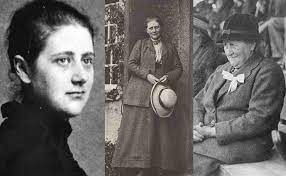
Beatrix Potter's stories have captured the imagination of readers across the generations
Photo:wonderguide
The Secret Life of Beatrix Potter
A new book and an exhibition on Potter, who wrote “The Tale of Peter Rabbit,” use letters, sketches, and a coded journal to capture an author who delighted in the detail and humour of the natural world.
BY Anna Russell Via The New Yorker
‘Many teen-agers will go to great lengths to keep their diaries private—I kept a little key for mine in a wooden jewellery box, which I guarded jealously—but the children’s book author Beatrix Potter took it to an extreme. Between the ages of fourteen and thirty, she fastidiously recorded observations about her stiff Victorian world in several journals. Her parents, descendants of wealthy cotton merchants in the North of England, were rich and exceedingly proper. Perhaps to protect her work, Potter wrote in a minuscule handwriting using a code that only she could understand. Her journals remained a mystery until 1958, when a collector, searching through them, identified a passing reference to Louis XVI, and then painstakingly decoded years’ worth of Potter’s innermost thoughts.
In public, Potter, the author of “The Tale of Peter Rabbit” and “The Tale of Benjamin Bunny,” whose books have now sold more than two hundred and fifty million copies, was demure and perfectly respectable. In private, the journals suggest, she was forthright and opinionated, a budding artist, who delighted in the detail and humour of everyday life. “She was quite a strong and determined personality,” Annemarie Bilclough, who co-curated an exhibition on her life at London’s Victoria and Albert Museum, told me. Born in 1866, Potter lived with her parents in a grand house in South Kensington, a rapidly growing community, until she was forty-seven years old. She felt like an outsider much of the time. She hated the noise and grime of the city—“Why do people live in London so much?” she wondered—and longed to be in nature. She called her birthplace “unloved.” “My brother and I were born in London because my father was a lawyer there,” she wrote. “But our descent—our interests and our joy was in the north country.”
What was Potter doing all that time she lived at home with her parents? In childhood, she rarely ventured into the rest of London, and she had few friends besides her younger brother, Bertram. Mostly, it seems, she spent her days drawing. She drew compulsively, rapturously, from a young age, in a sketchbook that she made from drawer-lining paper and stationery. “It is all the same, drawing, painting, modelling, the irresistible desire to copy any beautiful object which strikes the eye,” she wrote. She drew when she was unsettled, regardless of the subject. “I cannot rest, I must draw, however poor the result, and when I have a bad time come over me it is a stronger desire than ever, and settles on the queerest things,” she wrote in her journal. “Last time, in the middle of September, I caught myself in the backyard making a careful and admiring copy of the swill bucket, and the laugh it gave me brought me round.”
Potter’s sketchbook and coded journal, and many of her other belongings, are on display at the V. & A. through early next year, in an exhibition titled “Beatrix Potter: Drawn to Nature.” (Rizzoli has recently published an accompanying book by the same name.) Some two hundred and forty eclectic objects, including manuscripts, sketches, tchotchkes and collectibles—even the alleged pelt of Benjamin Bunny–—tell the story of a remarkable transformation. Having lived the first two-thirds of her life in near-total acquiescence to her family’s wishes, she made a sudden turn in her third act. “A town mouse longing to be a country mouse,” as Bilclough put it, Potter gave up the trappings of her privileged life in London and bought a cottage in a remote part of the English countryside. She became a farmer and conservationist, with muddy shoes and prize-winning sheep. She walked the fells and lakeside paths around her new home, sketching them, and ultimately saving them from destruction.
Potter may not have had many friends as a child, but she had lots of animals. She and Bertram sneaked a rotating cast of pets into their nursery, including snakes, salamanders, lizards, rabbits, frogs, and a fat hedgehog. The V. & A. exhibition, which includes a series of dark rooms that evoke the cloistered atmosphere of Potter’s childhood, showcases her early drawings of the natural world as she would have known it then: a mouse, a caterpillar, a beady lizard. The siblings loved animals, but they were “unsentimental about the realities of life and death,” as the show puts it. When their pets died, they would stuff them, or boil their skeletons for further study. There’s a drawing by Bertram of a pickled fish next to a human skull, and a note from him about his pet bat: “If he cannot be kept alive . . . you had better kill him, + stuff him as well as you can,” he wrote to Potter from boarding school. Nearby, stretched out in a display case, is a flattened rabbit hide and the disturbing sign, “Rabbit pelt, thought to be that of Benjamin Bouncer.” Benjamin Bouncer was one of a series of rabbits that Potter owned, and a favourite muse. She brought him home in a paper bag when she was in her teens. Later, she brought home the rabbit Peter Piper, who learned how to jump through hoops but “flatly refused to perform” in company.
In early adulthood, Potter observed her pets closely, inventing narratives about them, and filling her letters to the children of friends with their adventures. Her dispatches are playful and alive, illustrated with pen-and-ink drawings of rabbits. In 1892, she wrote a letter to Noel Moore, the son of her former governess, about an encounter that Benjamin Bunny had with a wild rabbit in the garden. (Benjamin hardly noticed; he was eating so much.) After Benjamin died (“through persistent devotion to peppermints”), Peter Piper became Potter’s leading man. In 1893, she wrote to Noel again: “My dear Noel, I don’t know what to write to you, so I shall tell you a story about four little rabbits whose names were Flopsy, Mopsy, Cottontail and Peter.” A drawing of a whiskered Peter on his hind legs, ears perked, immediately suggests mischief.
Potter sent the Moore children story after story in illustrated letters, until Noel’s mother suggested that she try to turn them into books. (The children had saved their copies.) In 1901, Potter self-published the first edition of “The Tale of Peter Rabbit,” which appeared almost exactly as she had written it to Noel, down to Peter’s “blue jacket with brass buttons, quite new.” A series of established publishers had turned her down, partly because of her insistence on keeping the book’s price low. “Little rabbits cannot afford to spend 6 shillings on one book, and would never buy it,” she wrote to a friend. She was also particular about the size of the book; it had to be small, for small hands. The following year, Frederick Warne & Co. agreed to put out an abridged version. Potter compromised on the cover image, which she called the “idiotic prancing rabbit.”
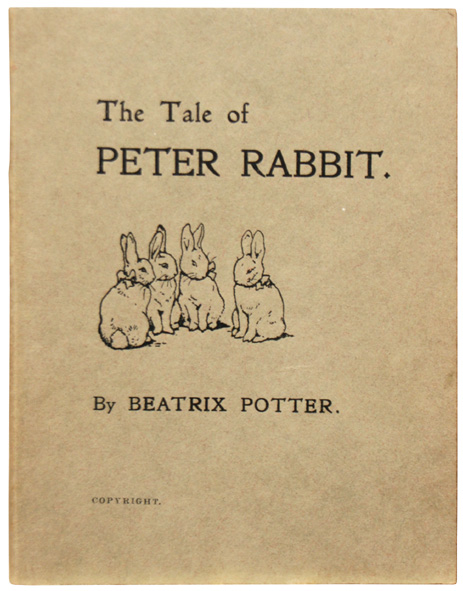
Peter Rabbit first edition, first printing. December 1901. Photo:Peter Harrington, London
“Peter Rabbit” was an instant hit, selling out multiple editions. (“The public must be fond of rabbits! what an appalling quantity of Peter,” Potter wrote.) Her publisher asked for more books, and she began pumping them out one after another, beginning with “The Tale of Squirrel Nutkin” and “The Tailor of Gloucester.” She also patented her characters. In the exhibition, there’s a fraying Jemima Puddle-Duck doll, with a fabric bonnet and shawl, and a Peter Rabbit teapot, as well as a complicated-looking board game. “She was very savvy in what was created, and what was made,” Helen Antrobus, who co-curated the show, told me. Potter believed that her first books found an audience because they were written for real children. “It is much more satisfactory to address a real live child,” she wrote. “I often think that that was the secret of the success of Peter Rabbit, it was written to a child—not made to order.”
She also had a knack for making the familiar strange. Her attention to the practicalities of being an animal, even a very civilised one, produced beguiling images. If a hedgehog wears a bonnet, as one does in “The Tale of Mrs. Tiggy-Winkle,” her quills will certainly poke through. If a tortoise is invited to a dinner party, as happens in “The Tale of Mr. Jeremy Fisher,” he’ll probably bring a salad in a string bag. She took silliness seriously. At the V. & A., one display case holds tiny folded letters that Potter wrote as if they were sent from one character to another: “Letters between Squirrel Nutkin, Twinkleberry Squirrel and Rt Hon. O. Brown, Esq. MP.”...Continue to read
Beatrix Potter: Drawn to Nature – February 22, 2022 By by Annemarie Bilclough

‘This beautiful book explores the beloved writer’s achievements
as a storyteller, artist, and naturalist.
Beatrix Potter’s universe of characters—Peter Rabbit, Squirrel Nutkin, Jemima Puddleduck—have delighted audiences for over a century. A creative pioneer and determined entrepreneur, she combined scientific observation with imaginative storytelling to create some of the world’s best-loved children’s books. This volume showcases Potter’s charming charac-ters against the backdrop of her exquisite botanical drawings, humorous illustrated letters to friends, Lake District landscapes, and rarely seen photographs.
Beatrix Potter’s endearingly hand-painted world of animals and gardens made her one of the most celebrated children’s book authors of all time, yet this is but one facet of her creative life. Drawn to the picturesque English countryside after a London childhood, Potter had a passion for nature that influenced her many achievements as a naturalist, artist, storyteller, and later in life as a fervent conservationist and “gentlewoman” farmer. This book sheds light upon the connections between her art, entrepreneurial success, and legacy in preservation.’- Buy the book HERE
Beatrix Potter: Drawn to Nature
Celebrating the life and work of one of the best loved children's authors of the 20th century
Discover the life and work of Beatrix Potter in an immersive exhibition that explores her enduring love of nature.

Photo: Via HR Grapevine
‘The V&A is home to the world’s largest collection of Beatrix Potter-related materials in the world. Bequeathed to the museum by engineer and enthusiast Leslie Linder, the man who decoded Potter’s secret diary, the collection spans drawings, manuscripts, correspondence and photographs.
Beatrix Potter: Drawn to Nature uses this extensive archive to explore the lasting legacy of one of the best-loved children’s authors of the 20th century. Her love for the natural world is evident from the letters, sketches and paintings on display – a passion that began with drawings documenting the distinguishing characteristics of animals when Potter was only eight years old.
Realised through a major partnership with the National Trust, the exhibition highlights Potter's work as a farmer and conservationist in the Lake District, which helped to inform the careful accuracy of her illustrations, whilst building on the success of the V&A’s family-friendly shows with playful staging and immersive design.’- Beatrix Potter: Drawn to Nature at V&A
Beatrix Potter: the lady of the Lakes
Beatrix Potter devoted her life to protecting the Lake District, and it has thanked her with some elegant literary memorials

'One of the most visited places in England's Lake District National Park is Hill Top Farm. It was owned by Beatrix Potter,
the creator of Peter Rabbit and nearly two dozen other children's classics'.-Photo:YouTube
‘‘Though she will forever be associated with the Lakes, Potter was born in London in 1866, and fell in love with Cumbria while on family holidays, which continued into her 30s. It was on one of these later visits that she began to dream up her stories of anthropomorphic woodland animals, initially presented in letters to young children of her acquaintance.’- Read the article HERE--- Learn more and visit the Hill Top HERE
Beatrix Potter, the Lake District and the National Trust
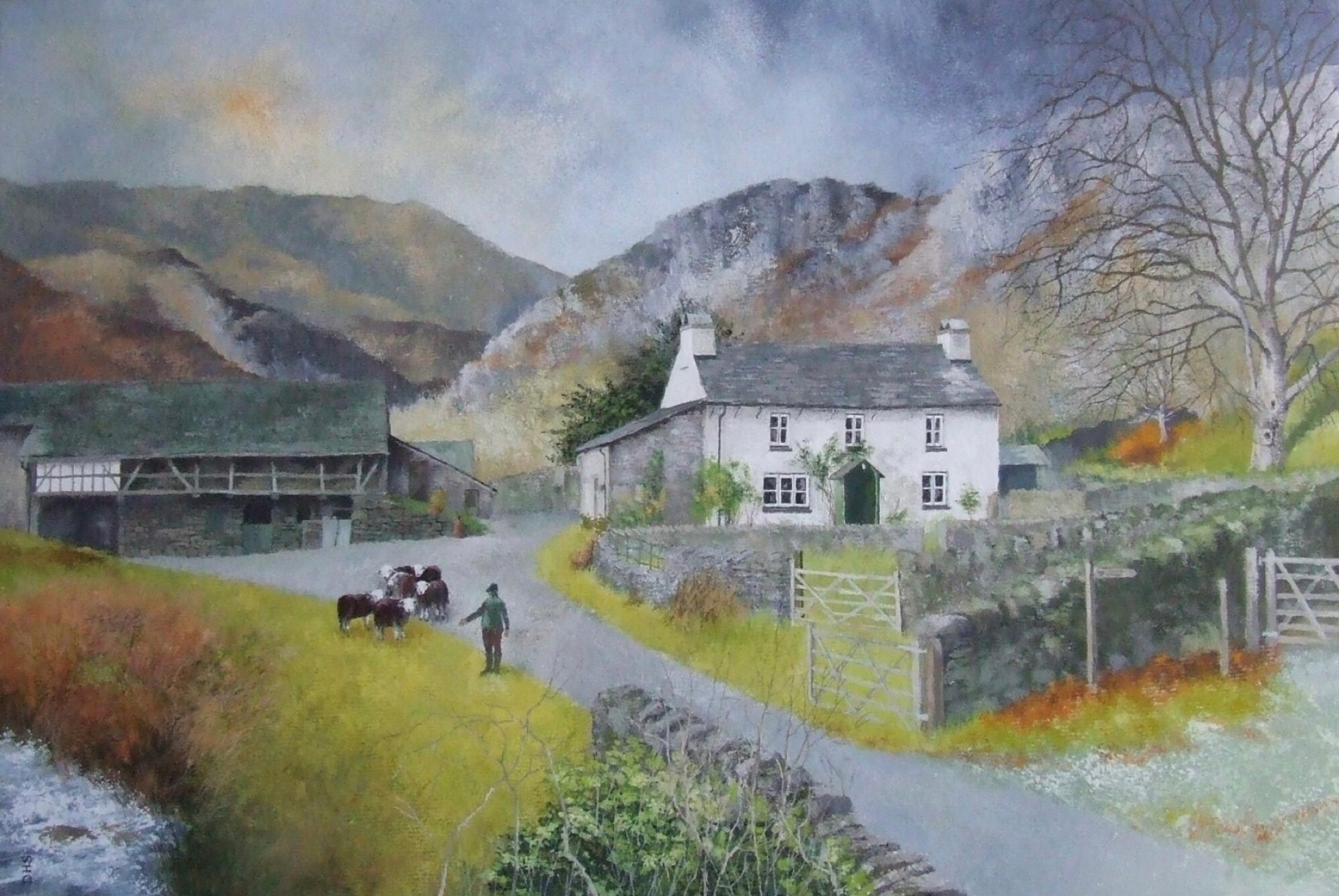
Yewtree Farm/Coniston-Cumbria Painting by David Sims
Yew Tree Farm, near Coniston in the Lake District, was one of a number of properties owned by Beatrix Potter. The property is now owned by the National Trust.- Learn more about Beatrix Potter’s love for the Lake District and her legacies to the National Trust HERE
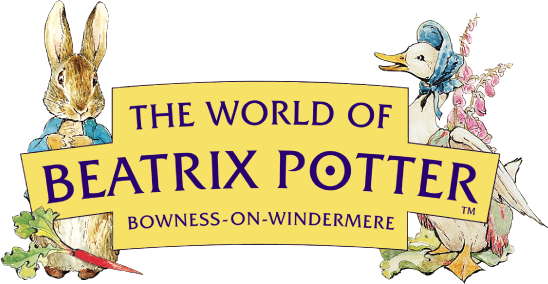
‘The World of Beatrix Potter™ is a vibrant family Attraction bringing to life Beatrix Potter’s enchanting stories in a magical recreation of the beautiful Lake District countryside. The exhibition features favourite characters from the famous books, an award-winning outdoor Peter Rabbit Garden, a superb character-themed family-friendly café and world-famous gift shop ensuring all generations of visitors can experience a little bit of Beatrix Potter magic.’

Photo: TheWorldofBeatrixPotter
The World of Beatrix Potter Attraction, The Old Laundry, Crag Brow, Bowness-on-Windermere, Windermere, Cumbria, LA23 3BX HERE
Our GCGI Love Letters To Our Mother Nature and Earth
Healing the world as if the web of life mattered
A Pick from our Archive
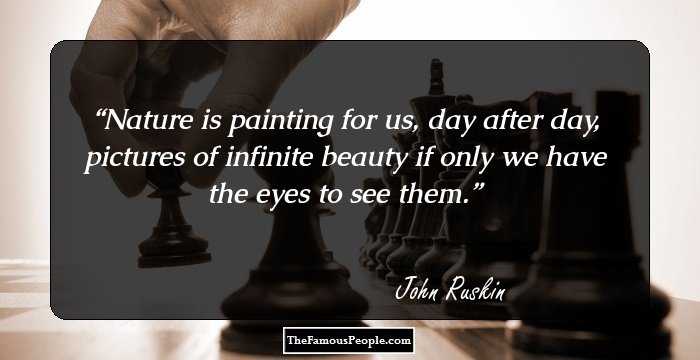
The Wisdom of Mother Nature belongs to all Life.
'Be like the sun for grace and mercy.
Be like the night to cover others’ faults.
Be like running water for generosity.
Be like death for rage and anger.
Be like the Earth for modesty.
Appear as you are.
Be as you appear.'- Rumi

Coniston Water- Getty Images
Environmental Crisis, Hope and Resilience: A Pick from our GCGI Down to Earth Archive
Detaching Nature from Economics is ‘Burning the Library of Life’
Desperately seeking Sophia: The Wisdom of Nature
On the 250th Birthday of William Wordsworth Let Nature be our Wisest Teacher
Celebrating the joyous Spring with Hopkins and Wordsworth
The beauty of living simply: the forgotten wisdom of William Morris
‘Open our minds and touch our hearts, so we may be attentive to Your gift of creation’
Spirituality and Environmentalism: Healing Ourselves and our Troubled World
I went to the woods to live deliberately- Henry David Thoreau
In this troubled world let the beauty of nature and simple life be our greatest teachers
Land As Our Teacher: Rhythms of Nature Ushering in a Better World
Are you physically and emotionally drained? I know of a good solution!
Ten Love Letters to the Earth: “Walk as if you are kissing the earth with your feet”
The prophetic legacy of John Ruskin: A Man ahead of his time
What a blissful day it was visiting "The loveliest spot that man hath ever found
GCGI is our journey of hope and the sweet fruit of a labour of love. It is free to access, and it is ad-free too. We spend hundreds of hours, volunteering our labour and time, spreading the word about what is good and what matters most. If you think that's a worthy mission, as we do—one with powerful leverage to make the world a better place—then, please consider offering your moral and spiritual support by joining our circle of friends, spreading the word about the GCGI and forwarding the website to all those who may be interested.
